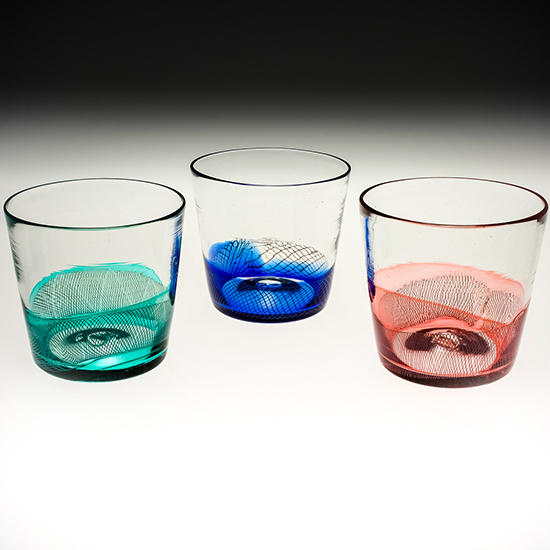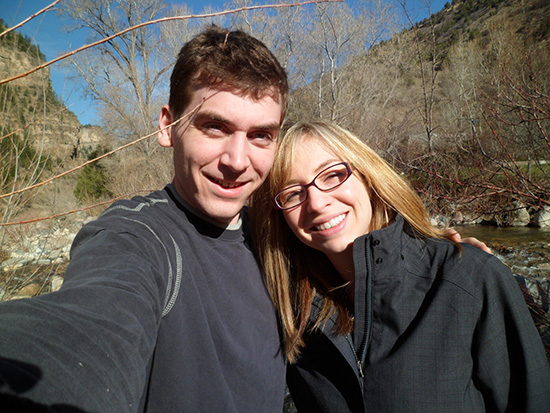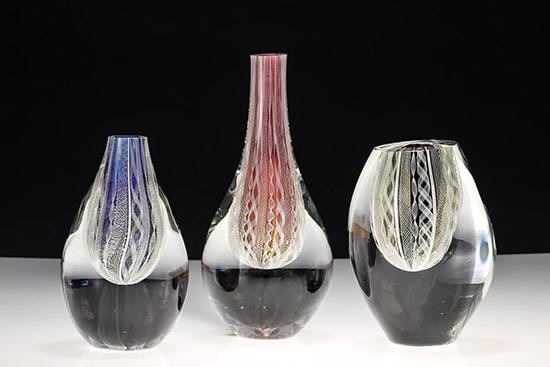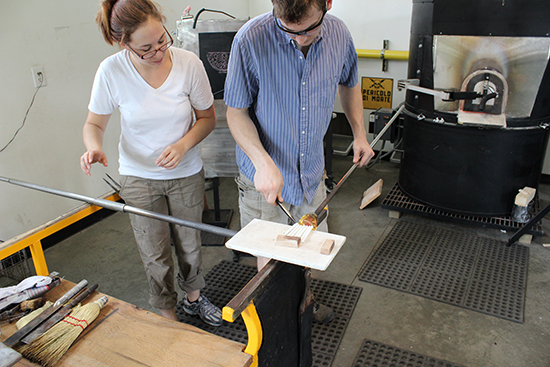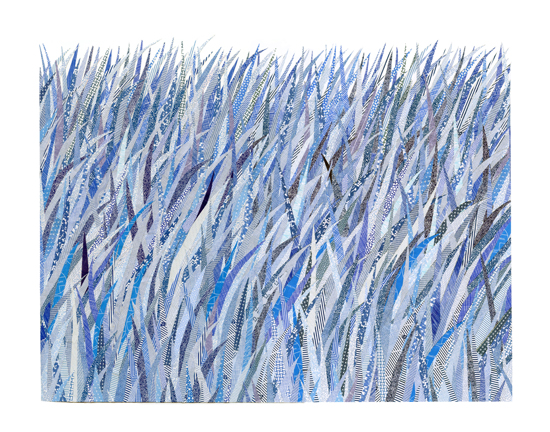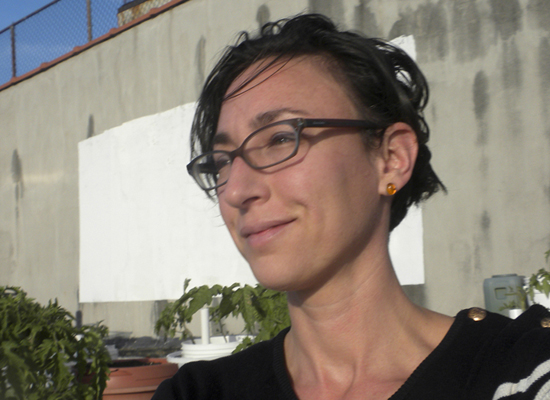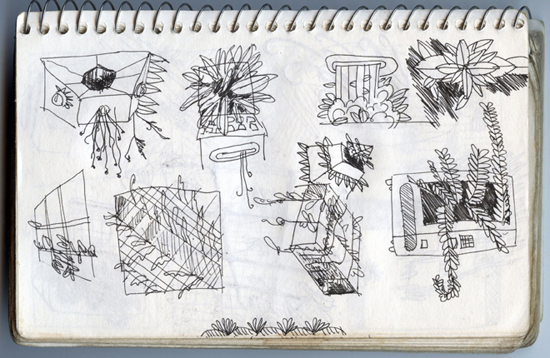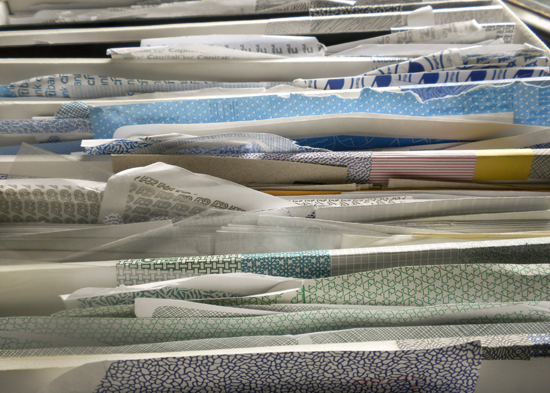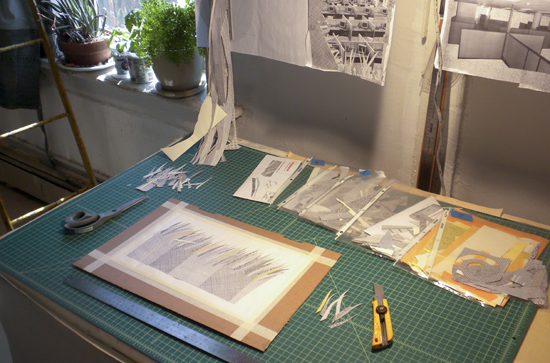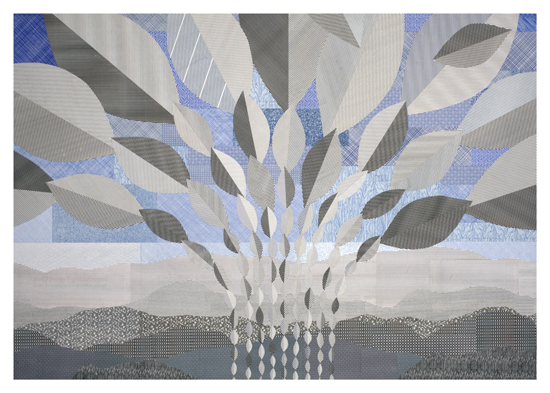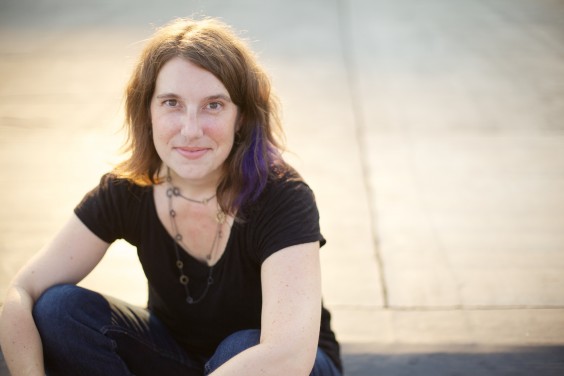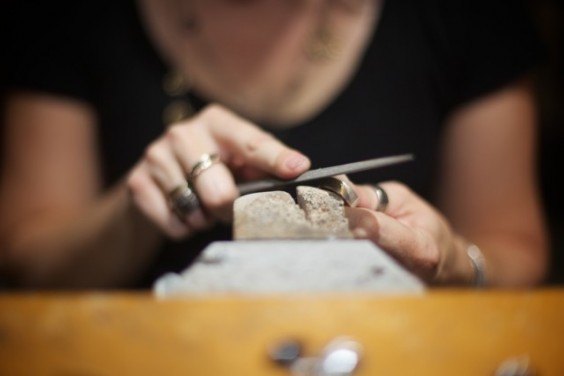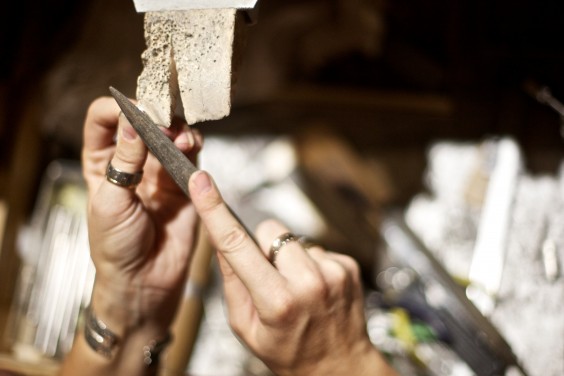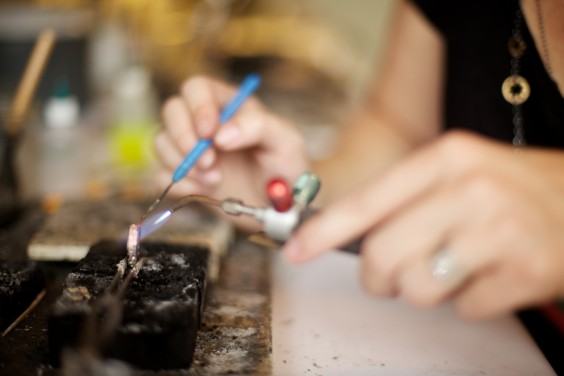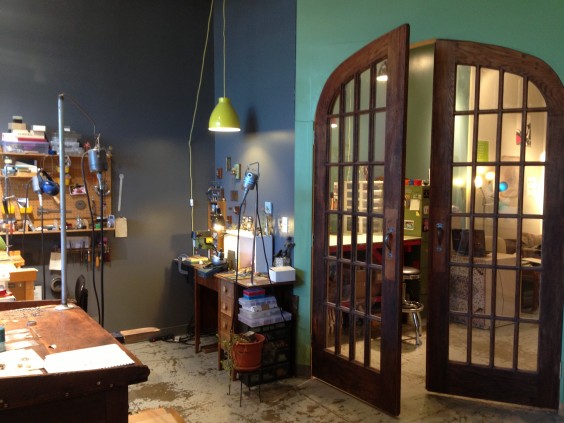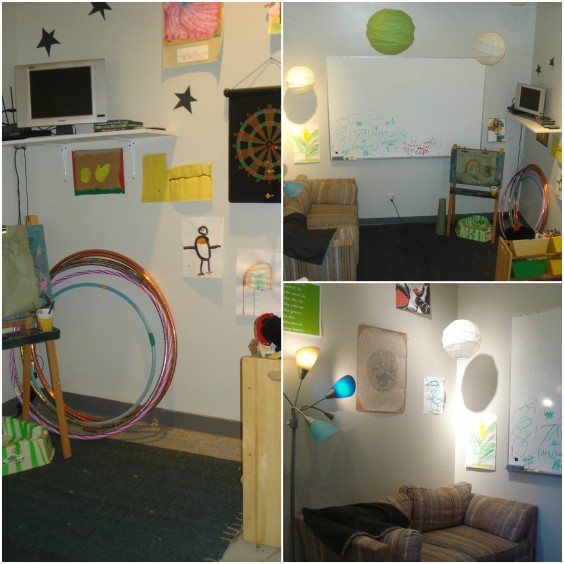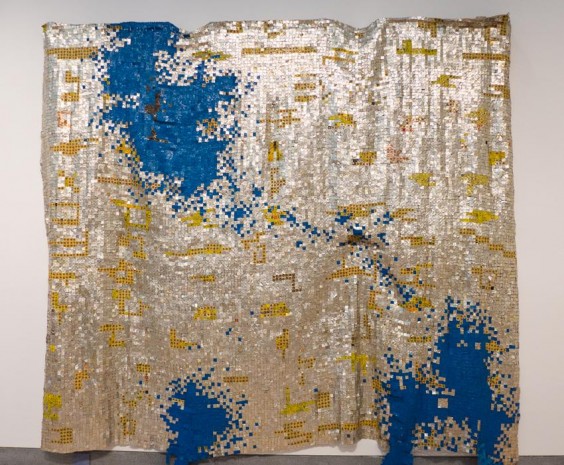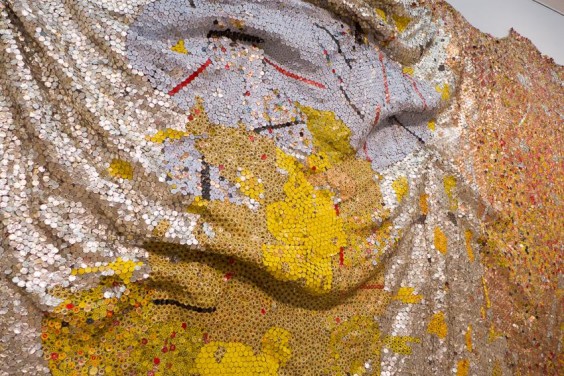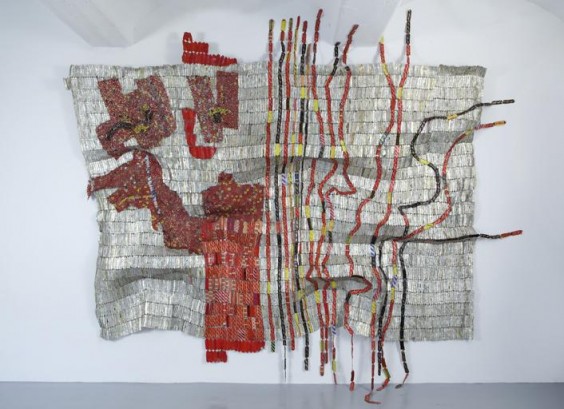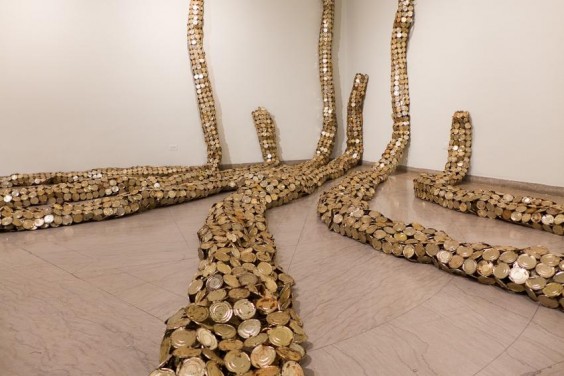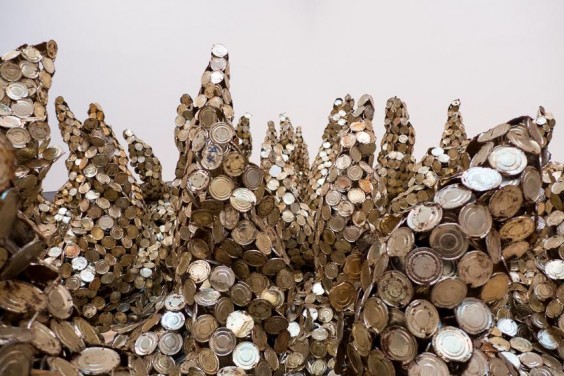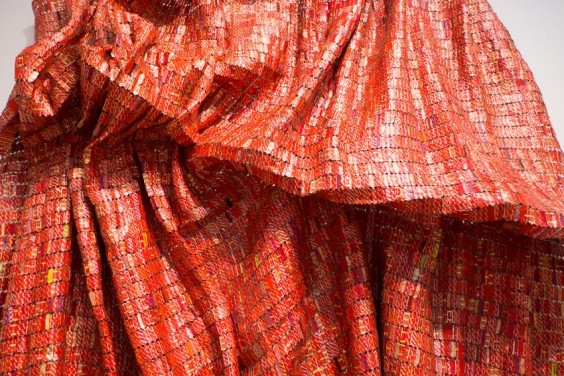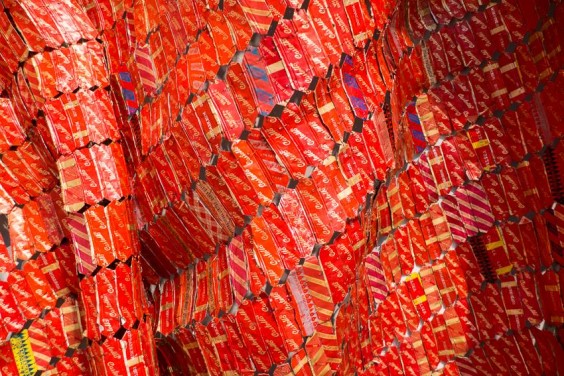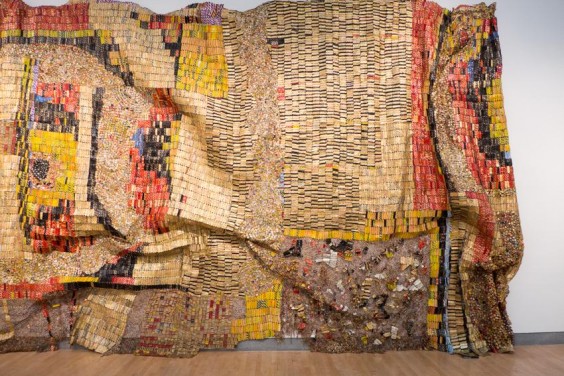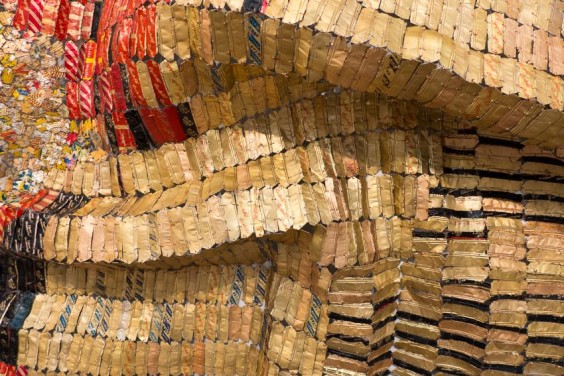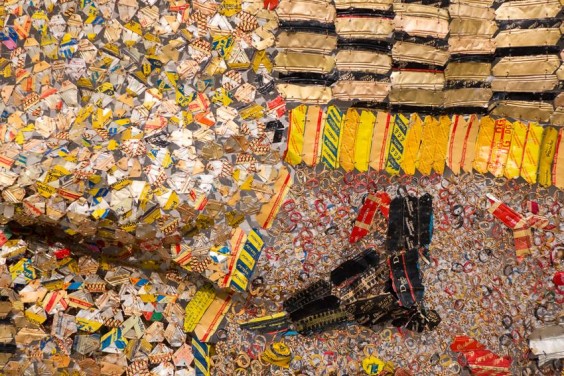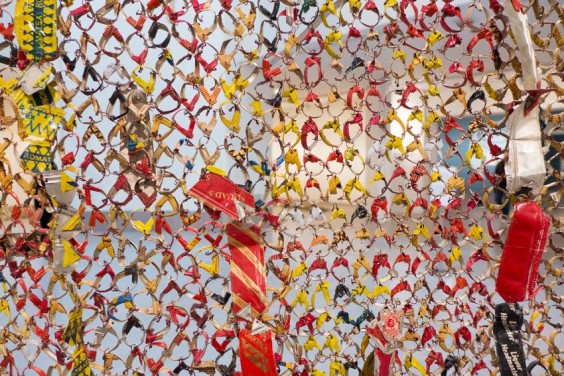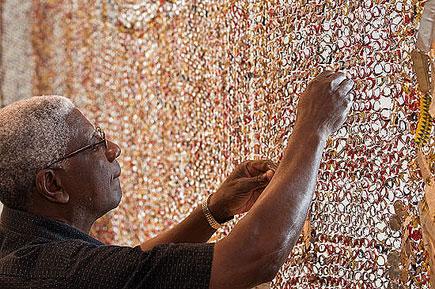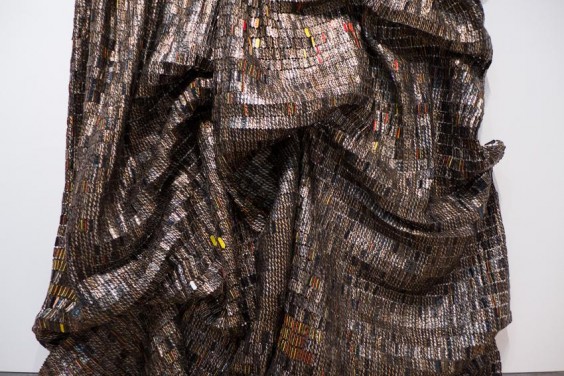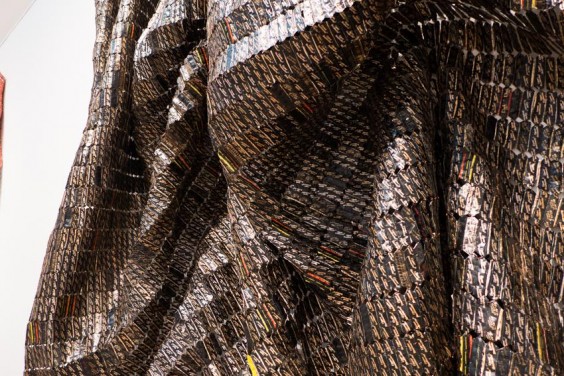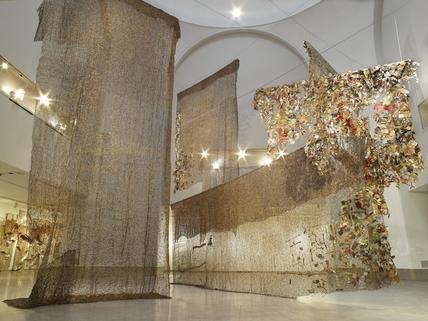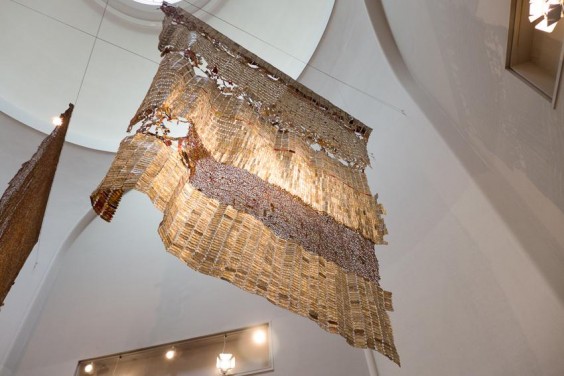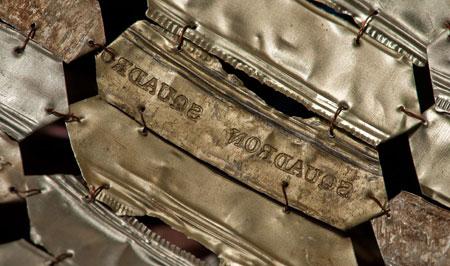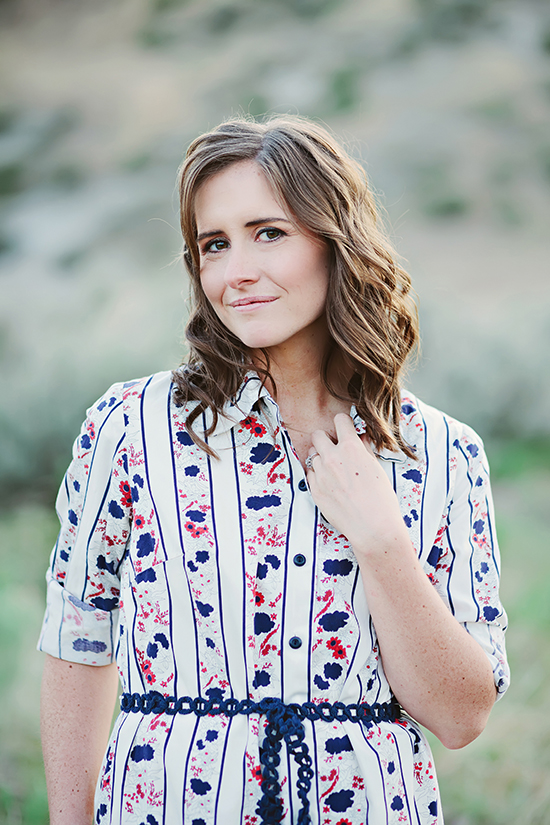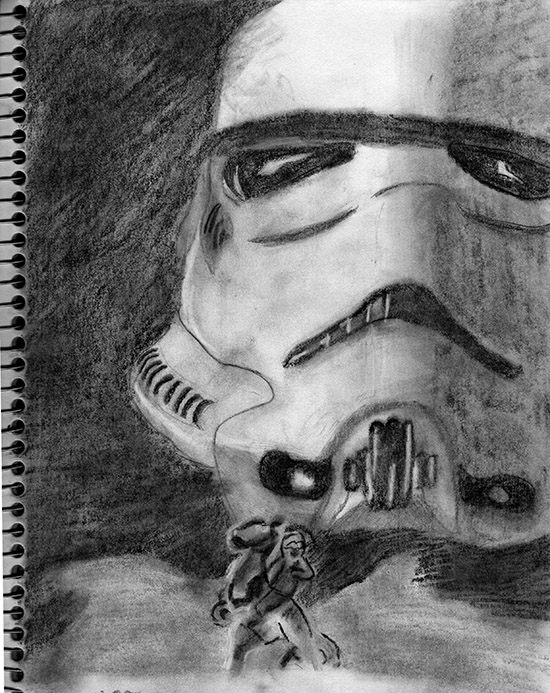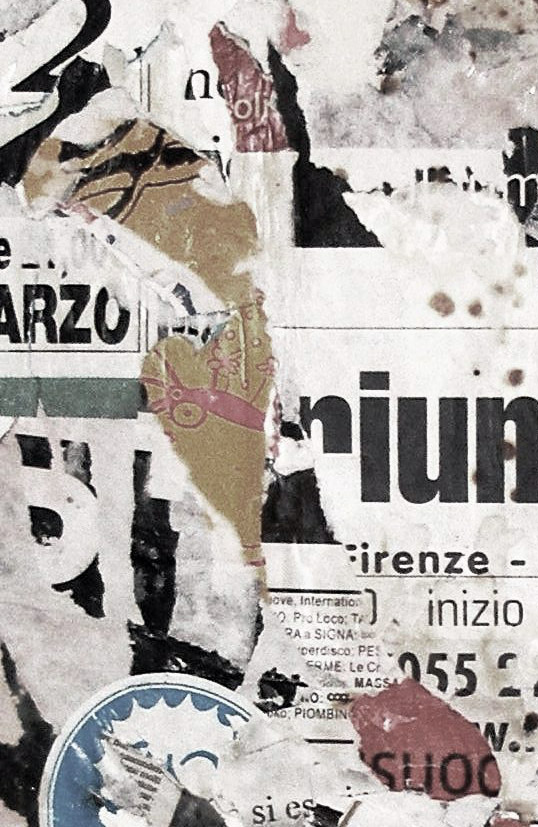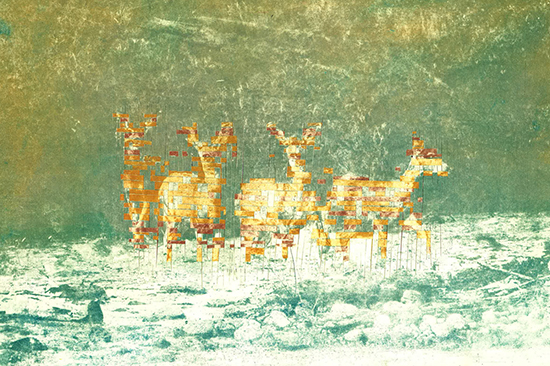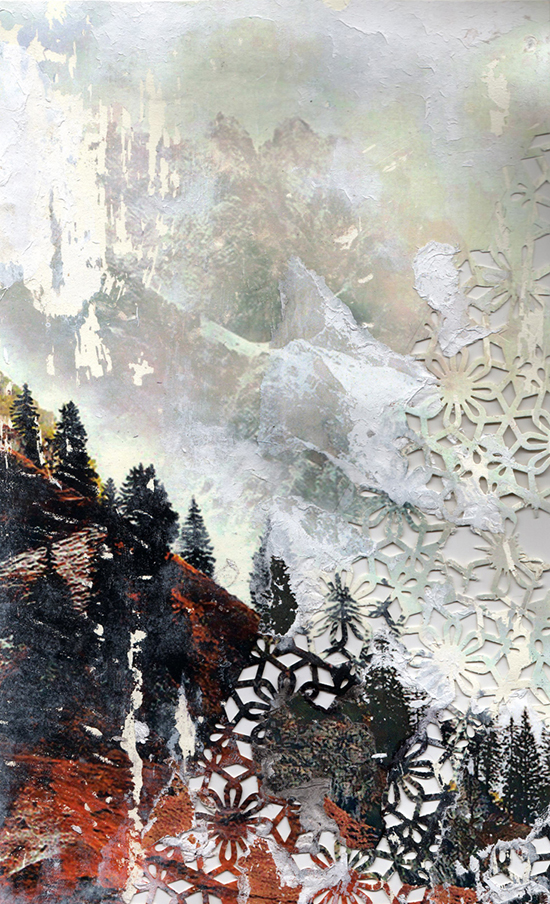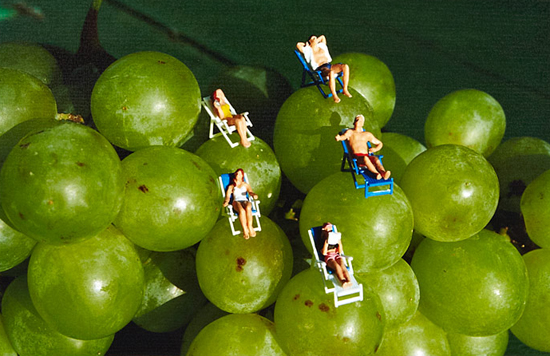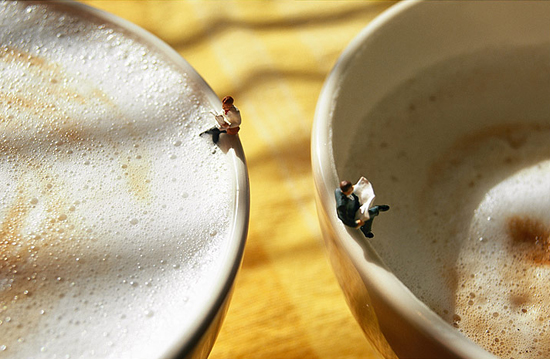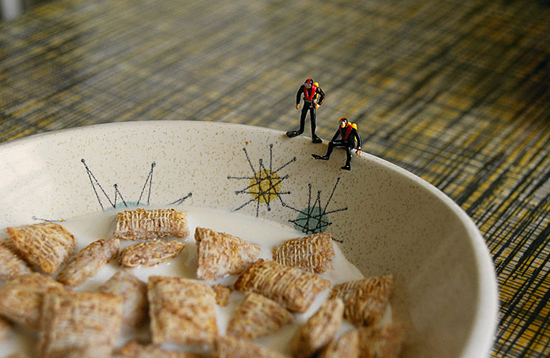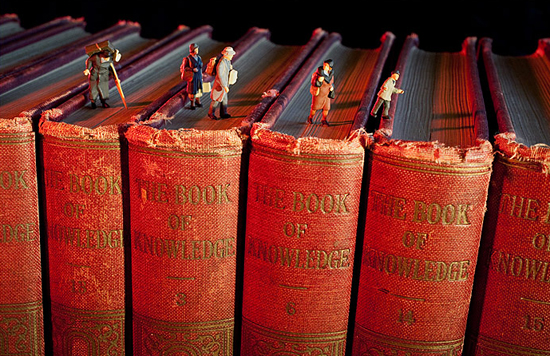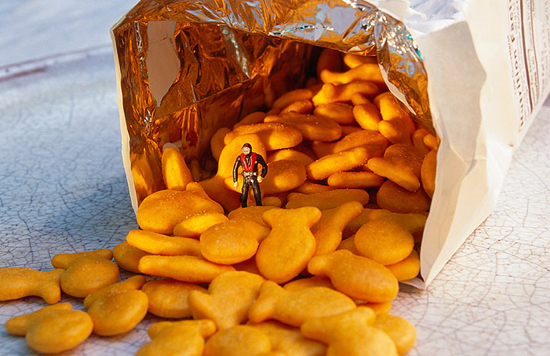I’m never happy to see a design challenge end, but I admit I took a sigh of relief two weeks ago when Candace, Jim, and Justina met via Google Hangout to pick a winner in the Glass Art Design Challenge. I wasn’t only glad we had an amazing winning design, but that my desk could be free from all of these beautiful, yet very fragile samples. I tend to be a little too clumsy to host such a design challenge.
But the greatest joy I get is making the phone call to a design challenge winner to let them know that the judges picked their work to be featured in our collection. When I called Patrick and Carrie of Frost Glass, Patrick told me that they have always loved the UncommonGoods catalog and wondered when would be the perfect time to submit their work to us. It delighted me even more to tell him that the judges loved the colors and interesting design elements in their Banded Lacework Glasses.
Meet Patrick and Carrie Frost and help us welcome them into our UncommonGoods artist family!
What is one uncommon fact about you?
We are both uncommonly determined and happy people!
How did you begin in glass arts?
Each of us got “hooked” on glass during our time in college. Carrie studied and received a BFA from the Cleveland Institute of Art, and Patrick got started with a BS from the Illinois State University. This is a common case for many artists working in glass that they become enthralled upon the first encounter, and there are many university programs across the country where this can happen.
The real education began for us after school however – the real education and understanding that drives your glasswork comes through years of study and education through alternative means. Volunteering at craft schools, working for other glassmakers, finding ways to be involved in workshops, looking for residencies, work-study programs, whatever it takes to keep going until you are adequately prepared to start working for yourself full time. Every person you work with and all of your experiences culminate to give you your true skill set and vision for what you would like to create and how you will execute your plan.
Where do you get inspiration for your glass designs?
Our designs are based upon a process where we look for a function that needs to be filled, and then create a design that can perform that function in the most interesting way possible. Each of us has a vast body of knowledge that encompasses techniques both traditional and unusual, which came from numerous experiences with master glassmakers from around the world. We love the style of the Mid-Century Modern and feel like it was an important time for design so some of the functions, shapes, and colors come from this era. Sometimes when you think you have done something really unique you will open a book and see something very similar has been done 50, 100, or 2000 years ago!
Describe your artistic process.
Our process up to this point has been to generate a line of glasswork that embodies the idea of elevating everyday experience. We hit upon an idea of experiential luxury after doing some research and found it was an interesting concept that applied to a lot of the things we were doing at the time. Our glasswork is designed to give you an experience through its function, as well as by transforming the space in which it resides. This connection with the client and their home creates a really unique bond between the artist and consumer that is unique to a handcrafted object.
Describe your workspace.
At the time we share a small private studio with a good friend, it has been a real saving grace after spending 16 months or so on the road. Trying to start a business from a mobile office is difficult, especially when you are lugging around all of your tools, glass, etc! We rent a small house, which is almost entirely consumed by glass our office / “war room” features a large-scale desk calendar that is dismantled, stuck up page by page to the wall to give the entire year-at-a-glance (gold stars are sometimes used to note an especially productive day). Being here allowed us to take all of our equipment and belongings from 5 separate locations and put them in one place. Having our work, office duties, photography, packing and shipping consolidated gave us the real opportunity to launch our business.
What advice would you give to another artist interested in entering one of our design challenges?
This is a great opportunity it doesn’t cost anything to enter there is really nothing to lose! Even the opportunity for a jury to look at your work usually costs money; here you get a team of professionals to evaluate your design for free! The semi-finalists get great exposure on the website through the voting platform and there is another opportunity for honest feedback and insight into your work. We made a goal several years ago when looking at an UncommonGoods catalog to some day be featured in their collection, and it took this long to do it. Without ever having that thought or goal to begin with it never would have happened!

